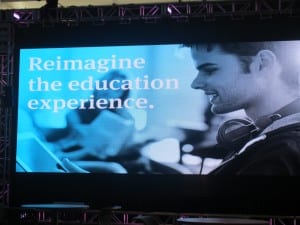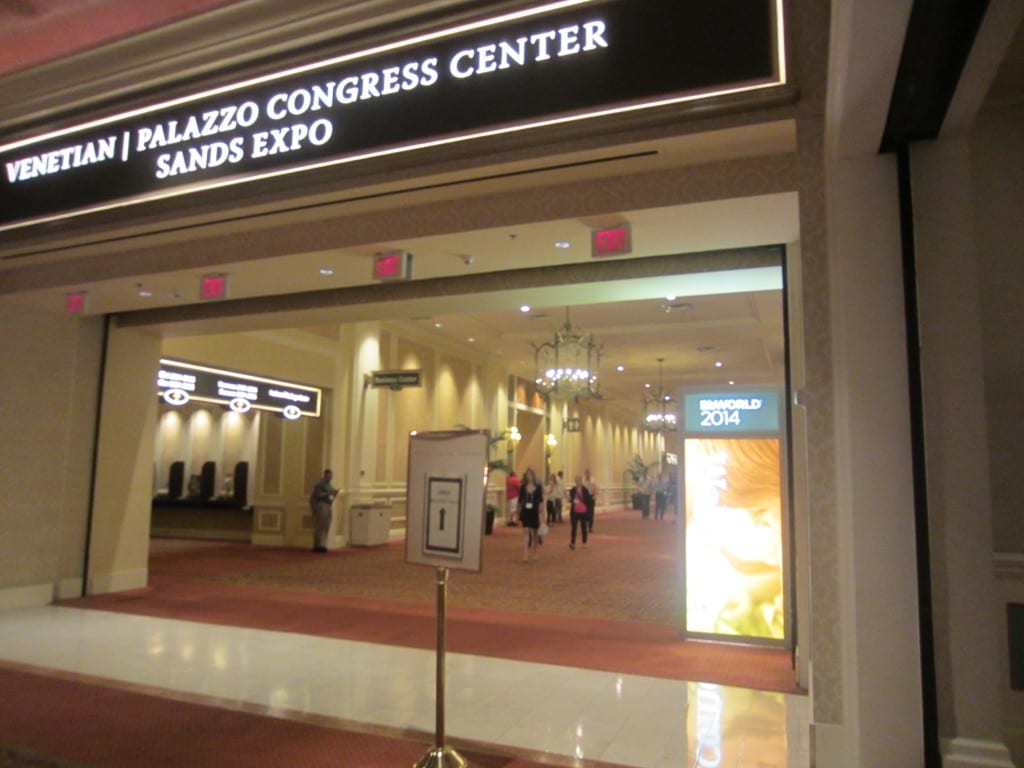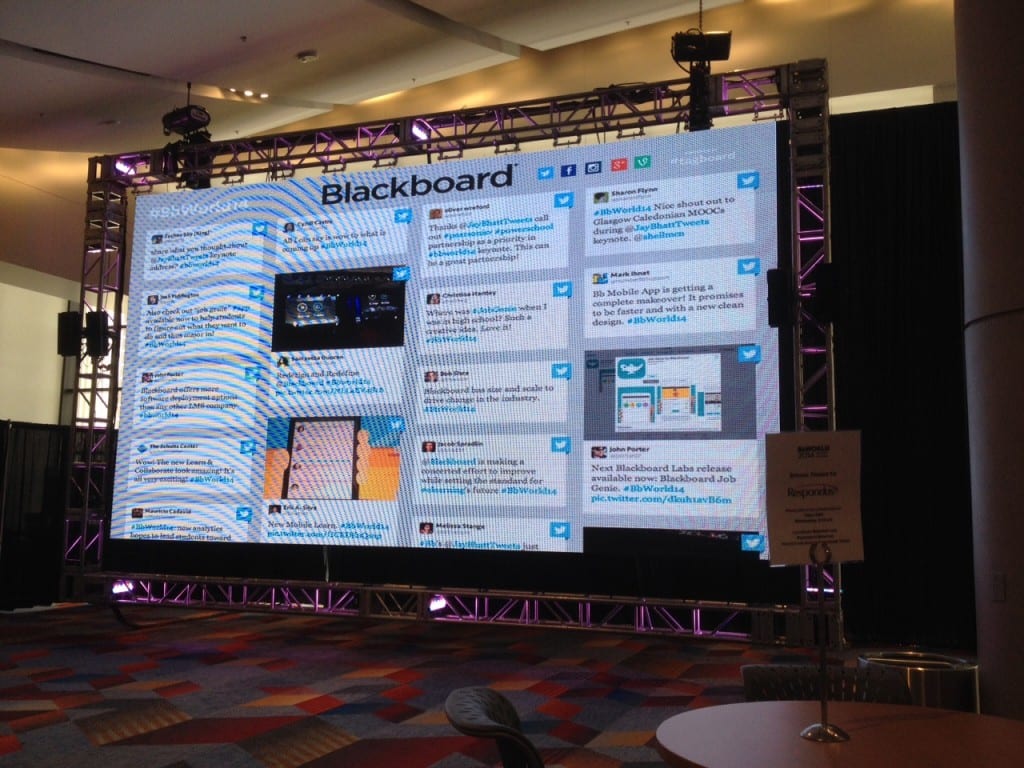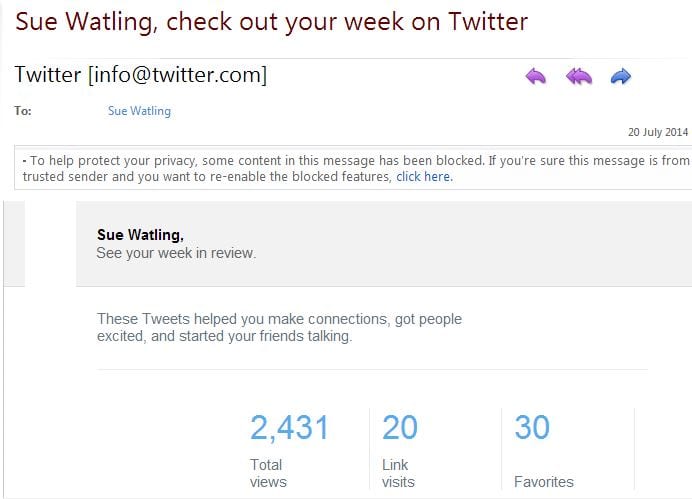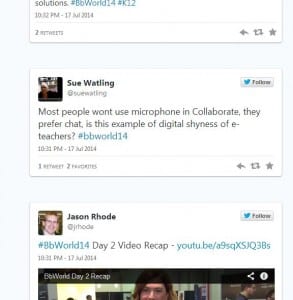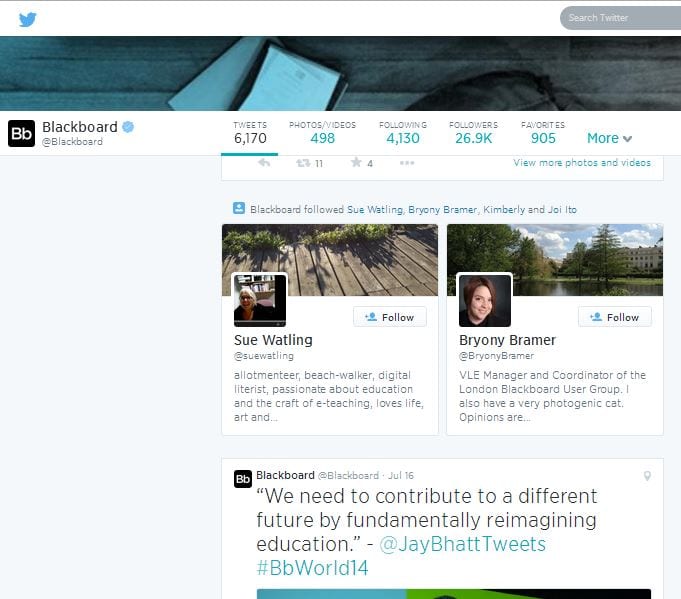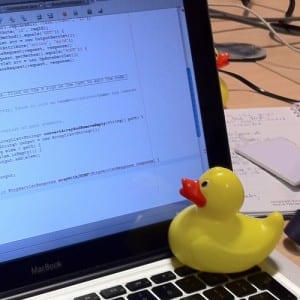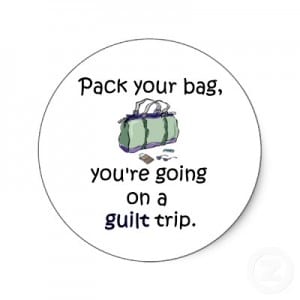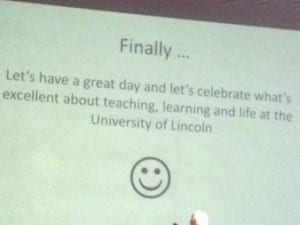At BBWorld14 CEO and President Jay Bhatt talked about a ‘new era of education in a learner-centric world’. How Blackboard is challenging conventional thinking and advancing new learning models through their ‘product and solutions innovation agenda’. In short – Blackboard are reimagining the education experience.
I’m not convinced the ‘problems’ are so different today. Education has always been socially divided and culturally defined. The Blackboard machine is promoting a view which suits its purpose and in a digitally divided world seems to be missing opportunities to ensure equitable access. Selling a technology dependent on the internet provides ideal opportunities to draw attention to digital exclusion and fund projects which ensure connectivity where it doesn’t exist or is problematic. Blackboard as a company could make a real difference. At BBWorld14 I saw several presentations around accessible content but nothing on issues of exclusion from Blackboard itself. The ways forward seems to be data driven approaches to improving performance through analytics; monitoring who clicks what, where and for how long.
Presenting education as problematic also offers opportunities to provide solutions and the list of Blackboard promises is a lengthy one. They include increasing enrolments and retention, addressing multiple learning styles, preferences, and requirements, coping with changing student needs, engaging active learners and reaching non-traditional students. Phew! There are also the economic drivers; keeping institutions competitive with new business models to grow enrolments, improving yield (? whatever that means) and reducing the cost of recruitment.
These were the messages but what was it really like?
BBWorld14 was a conference on multiple levels. Techie, K12 and HE all in one place made for interesting casual conversations. Beyond personal politics or philosophy, Blackboard at institutional level is about enabling teaching and learning and the best part of BBWorld14 was sharing cultural variations on practice. With over a dozen parallel sessions there was plenty of practice to share. I stayed with the practice theme, looking beyond the hype and marketing to the differences of virtual environments. The choice challenge reinforced the value of headlines. Stand-out titles included 50 Shades of Data, Blackboard Ate My Homework, Tame the Dragon! Whip Your Course into Shape and Nightmare on LMS Street. The next layer of persuasion were those which promised takeaways; Secrets Exposed, 10 Steps, 5 Ways, 3 questions.
The session which combined them all was A Mission NOT Impossible: Teaching How to Teach Online with Blackboard with an abstract inviting delegates to share how this was done during which ‘Chocolate will be served!’ but I missed it – there was too much to choose from.
At times choice was influenced by distance. The Sands Conference Centre is huge. Comments on TripAdvisor say wear comfy shoes, there’s a lot of walking. I should’ve checked this out before not after. It could take every one of the 15 minutes between sessions to move between some locations. TA also advises warm clothes. With an outside temperature of plus 40 degrees, by Day 2 I was cold from the over ambitious AC. Plenty of shops but no cheap ones and everything at the lower price range was pink and sparkly which might be appropriate for Vegas but less so for work or the allotment.
I took mixed messages away from BBWorld14
On the one hand the corporate Blackboard razzmatazz was a long way from the realities of supporting staff and student shifts to virtual practice. It’s a global industry promising solutions to educational problems. many of which might benefit from a human touch as much as a keyboard.
On the other hand, conferences like BBWorld are full of people who care about education and the opportunity to meet and discuss cultural difference and similarities across this shared passion is invaluable; it reinforces why you work in the sector in the first place and extends and enhances the ways in which you function around online environments.
What was missing was strategic attention to the e-teaching component of e-learning
Blackboard’s claims to be learner-centric can miss the experience of staff who teach and support students. My presentation on e-teaching was informed by TEL reports from UCISA, HEA and MNC Horizons which all call for investment in resourcing the digital confidence of teachers as well as students. The Blackboard focus on technologists and management who drive and buy the technology, with the student as incentive, misses those who are digitally shy. These are daily users who’ve never been centre stage yet the relationship between learners and teachers is inseparable. If Blackboard is serious about reimagining education, it would do well to rethink the virtual experience of staff and faculty as much as the students they teach.
Storify of the event https://storify.com/suewatling/bbworld14-sue-watling-1
With hindsight there were similarities between the layout of the presentation room and this slide I used in my presentation. The stage was higher than it looks on this picture – or maybe just seemed it – that lectern was very close to the edge…
image of 14th century lecture from http://en.wikipedia.org/wiki/Scholasticism#mediaviewer/File:Laurentius_de_Voltolina_001.jpg
